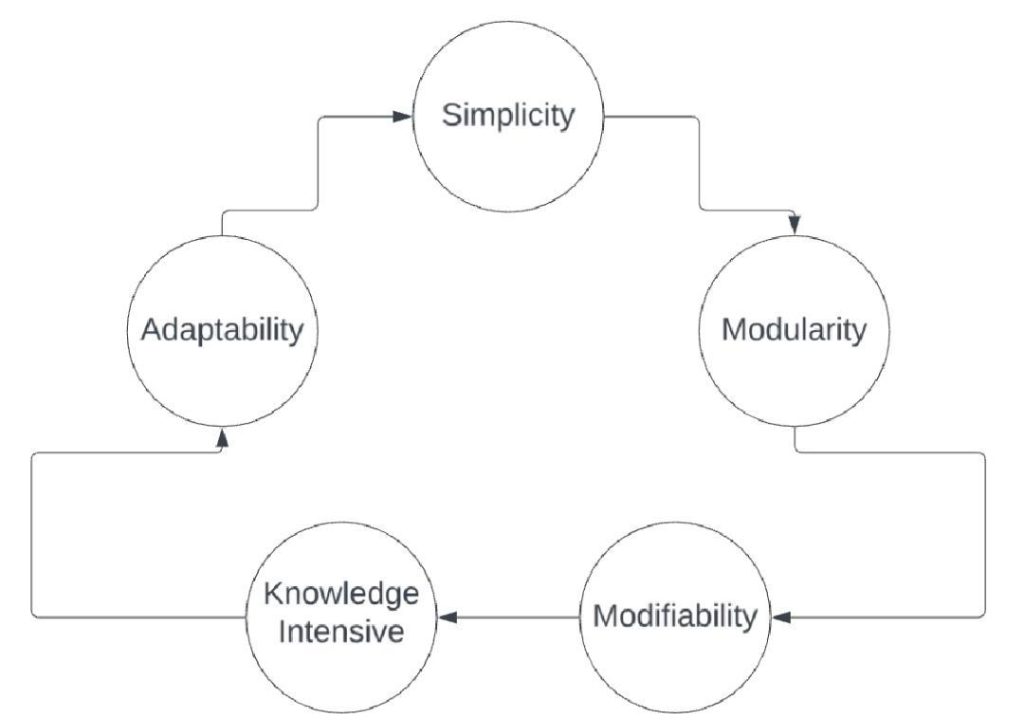
How do AI Production Systems Think?
Artificial Intelligence (AI) has revolutionized the way we live and work, from virtual assistants to self-driving cars. At the heart of these systems lies AI production systems, which enable automation to follow logical steps, adapt to changing inputs, and produce consistent results. But how do these systems think? What makes them tick? In this article, we’ll delve into the inner workings of AI production systems and explore the key components that enable them to reason, troubleshoot, and operate effectively in real-world applications.
Structured Rules: The Foundation of AI Production Systems
AI production systems are built on the concept of structured rules, which are a set of predetermined instructions that govern the behavior of the system. These rules are used to evaluate input data, make decisions, and take actions. Think of them as a set of algorithms that dictate how the system should respond to different scenarios. By using structured rules, AI production systems can ensure consistency and accuracy in their decision-making processes.
For example, a self-driving car’s AI production system might use structured rules to determine when to slow down or accelerate based on speed limits, traffic conditions, and road signs. These rules are programmed into the system and are used to evaluate the car’s surroundings in real-time, making decisions that ensure the safety of the occupants and other road users.
Working Memory: The Temporal Component
In addition to structured rules, AI production systems rely on working memory, which is a temporary storage facility that holds information relevant to the current task or situation. Working memory plays a crucial role in processing information, as it allows the system to retain information for a short period while processing it. This enables the system to make decisions based on the current context, rather than relying solely on previously learned rules.
Working memory is essential for complex tasks that involve multiple variables, such as scheduling, planning, and decision-making. For instance, a production planning system might use working memory to keep track of inventory levels, production schedules, and customer orders, enabling it to make informed decisions about resource allocation and logistics.
Control Strategies: The Executive Component
Control strategies are the executive component of AI production systems, responsible for coordinating the flow of information and tasks. These strategies determine how the system allocates resources, prioritizes tasks, and makes decisions. Control strategies can be thought of as a set of instructions that dictate how the system should behave in different situations, ensuring that it operates efficiently and effectively.
A control strategy might, for example, dictate that a manufacturing system should prioritize production of high-demand products, allocate resources accordingly, and adjust production schedules in response to changes in demand. This enables the system to adapt to changing circumstances and optimize production to meet customer needs.
The Digital Brain: How AI Production Systems Process Information
When we think of the human brain, we often associate it with complex thinking, problem-solving, and decision-making. Similarly, AI production systems can be thought of as a digital brain, processing information and making decisions based on structured rules, working memory, and control strategies.
The digital brain of an AI production system is composed of three key components:
- Perception: The system perceives its environment through sensors, cameras, or other data sources, gathering information about the world around it.
- Cognition: The system processes this information using structured rules, working memory, and control strategies, making decisions and taking actions based on the perceived environment.
- Action: The system takes action, executing the decisions made during the cognition phase, whether it’s controlling a robotic arm or dispatching a delivery truck.
Designing AI that Can Reason, Troubleshoot, and Operate Effectively
Understanding how AI production systems think is crucial for designing AI that can reason, troubleshoot, and operate effectively in real-world applications. By incorporating structured rules, working memory, and control strategies, AI production systems can adapt to changing inputs, produce consistent results, and operate efficiently.
To design AI production systems that can operate effectively, developers should consider the following best practices:
- Use structured rules: Define clear, unambiguous rules that govern the behavior of the system.
- Implement working memory: Provide temporary storage facilities for processing information and making decisions.
- Develop control strategies: Define executive instructions that coordinate the flow of information and tasks.
- Test and refine: Test the system in different scenarios and refine its performance based on feedback and evaluation.
In conclusion, AI production systems are the backbone of many AI applications, enabling automation to follow logical steps, adapt to changing inputs, and produce consistent results. By understanding how these systems think, developers can design AI that can reason, troubleshoot, and operate effectively in real-world applications. Whether it’s self-driving cars, manufacturing systems, or virtual assistants, AI production systems are the key to unlocking the full potential of AI.
Source:






